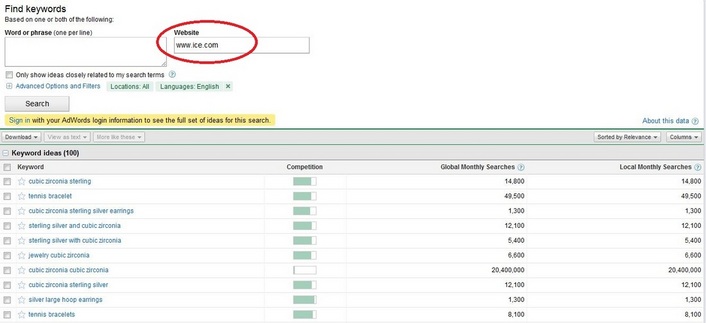You’ve got renegade freelancers on one side, a web team that doesn’t know the new editorial schedule on the other, and you’re defending your content marketing budget from other departmental poaching by the skin of your teeth.
After all, creating content marketing strategy and effectively executing it are two wildly different things. The answer you’re looking for is found in content marketing workflows.
Workflows include:
- Identifying individual tasks
- Assigning owners for those tasks
- Setting deadlines for each task
- Establishing an editorial hierarchies to keep your content aligned and perfected
- Structuring an approval ladder to advance each task forward to completion
- Measuring success of strategies to learn which tactics are the most effective for your brand and audience
- Create content distribution path and the tools needed to measure success
Before creating a workflow process or even deciding what type of content that you need to create, be it utilizing social media, curating blog content, or writing an eBook for your industry niche, there are a few steps you need to go through to be effective.








 RSS Feed
RSS Feed

